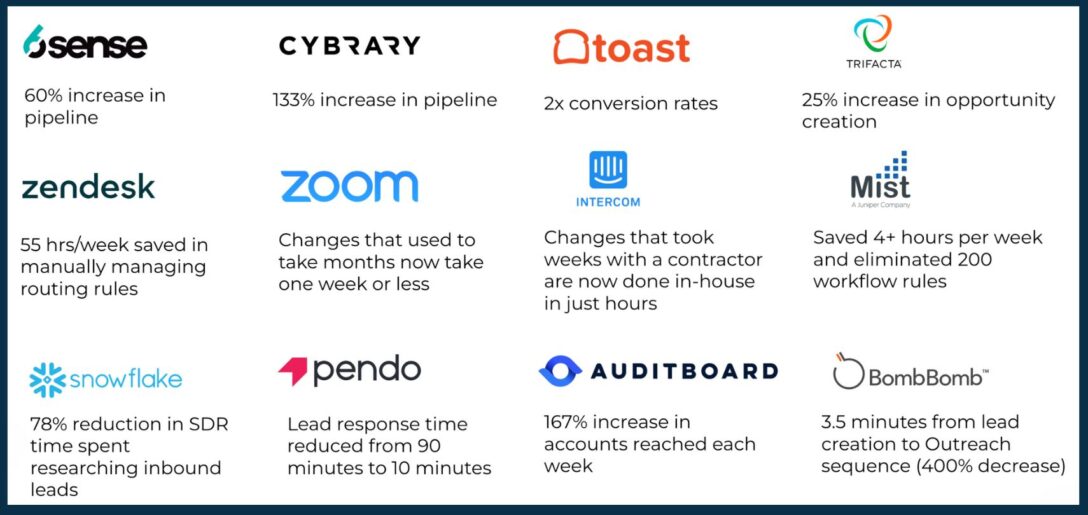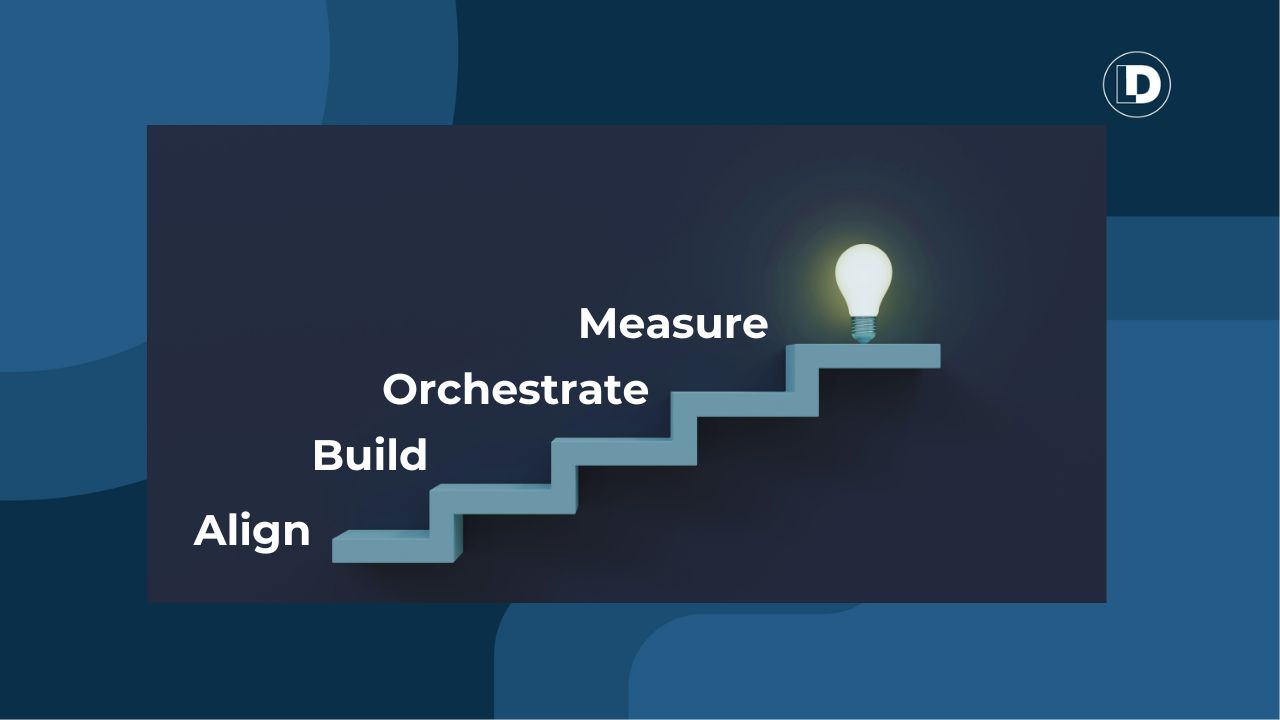You know the problem. You’re buried in dashboards, tasked with fixing lead conversion, improving rep productivity, or enabling account-based strategies.
So, you do the research, evaluate vendors, and find a solution. But now comes the hardest part: getting your executive team to say “yes.”
If you’ve ever felt like you were pitching a product inside your own company, that’s because you are.
Winning internal buy-in for go-to-market (GTM) strategies is a form of selling. Only this time, the buyer is your boss. Or worse, your boss’s boss.
And they don’t care about features or integrations. They want outcomes. So how do you translate a technical recommendation into strategic value that everyone can rally behind?
Here’s what you need to know.

Why GTM Alignment Starts with Internal Selling
In the past, Marketing Ops, Sales Ops and RevOps leaders mostly focused on process. Today, you’re also responsible for driving strategic technology decisions. You’re managing vendor relationships, evaluating software, building test environments, and often leading implementation. That’s a lot of responsibility and influence.
But no matter how good the tech is, the real challenge is convincing a cross-functional buying committee that your recommendation is the right move.
According to Infuse Insights Voice of the Buyer 2025 research, a typical B2B buying decision involves four to 10 stakeholders. That means competing priorities, different levels of technical knowledge, and a lot of opinions.
The solution? Build a pitch that speaks their language.
The 6-Part Pitch Deck That Wins Executive Buy-In
Many operations leaders have adopted a simple, repeatable framework to navigate internal selling and secure buy-in for their GTM strategies.
At the heart of this approach is a pitch deck that transforms technical recommendations into clear business value. By organizing the case for change into a structured format, this method helps teams cut through complexity, align cross-functional stakeholders, and drive faster decisions.
Here’s how to structure your pitch to win support for your GTM strategy:
1. Executive Summary
Open with a sharp, high-level summary. No jargon. No deep-dive. Just a clear description of the problem, the strategic objective, and what you recommend to fix it. This is what goes in the body of your email and kicks off your meeting. Think elevator pitch, not feature list.
2. Confirm the Strategy
Executives don’t buy tools, they buy outcomes. Align your proposal with a strategic business objective they already care about like pipeline acceleration, revenue growth, or operational scale. Frame your tool as a vehicle to reach that goal.
3. Identify the Barriers
Paint a clear picture of the problem. What’s getting in the way of success? Missed SLAs? Slow lead response times? Incomplete data? Don’t sugarcoat it. Expose the pain so the need for a solution feels urgent and obvious.
4. Show Your Work
List the options you evaluated. Include cost, functionality, and your build-versus-buy analysis. Highlight the real cost of internal development including developer time, delays, and future maintenance. The more transparent you are, the more credibility you gain.
5. Make Your Recommendation
Now that they see the problem and understand the options, it’s time to make your case. Explain why this solution solves the problem better, faster, or cheaper. Use real numbers when possible like time saved, conversion lift, or rep efficiency. Show the impact.
6. Outline the Adoption Plan
No one wants to invest in shelfware. Lay out your plan for implementation and adoption. Who will own it? How will training be managed? How will success be measured? This builds confidence that your team is ready to execute.
What Good Looks Like: A GTM Example with LeanData
Let’s say your GTM strategy focuses on shifting from leads to opportunities using a Buying Group model. One major barrier is that your current routing process still focuses on individual leads, aka MQLs. You need a solution that routes opportunities based on group signals and intent, not just who filled out the form.
The LeanData go-to-market execution platform could solve this by dynamically assigning the right rep based on buying group activity and CRM signals.
Therefore, in your pitch deck, you would outline how this improves response time, increases rep productivity, and ensures no opportunity slips through the cracks.
Plus, with LeanData FlowBuilder, you can design, test, and deploy this logic with clicks, not code, making adoption easier across teams. And since LeanData is Salesforce-native and integrates with tools like 6sense, you preserve your current workflow while extending it to support your new GTM strategy.
But again, it’s not about the product, it’s about the plan. The tool is only as good as your ability to communicate its business value.

Pro Tips for Getting to Yes
Before you start scheduling meetings, use these best practices to make your ask land:
- Start early. Involve Finance, IT, and Legal during the research phase.
- Keep it simple. Use visuals and plain language. Avoid acronyms.
- Ask for feedback. Don’t present your deck cold. Share the executive summary early and ask for input.
- Negotiate like a pro. Always ask the vendor for a discount and make sure leadership knows you did.
- Measure and report. Define success up front and share progress after launch. This builds trust for the next ask.
You’re Selling Change
GTM strategy is more than a buzzword. Rather, it’s the blueprint for how your company grows. As an Ops leader, you’re at the center of making that blueprint real.
But influence doesn’t come from ideas alone. It comes from execution and from getting people aligned. You are turning a great idea into shared conviction.
So the next time you need budget, buy-in, or just a yes from the corner office, don’t wing it.
Build the deck. Tell the story. Make your case.
That’s how you get what you want.












